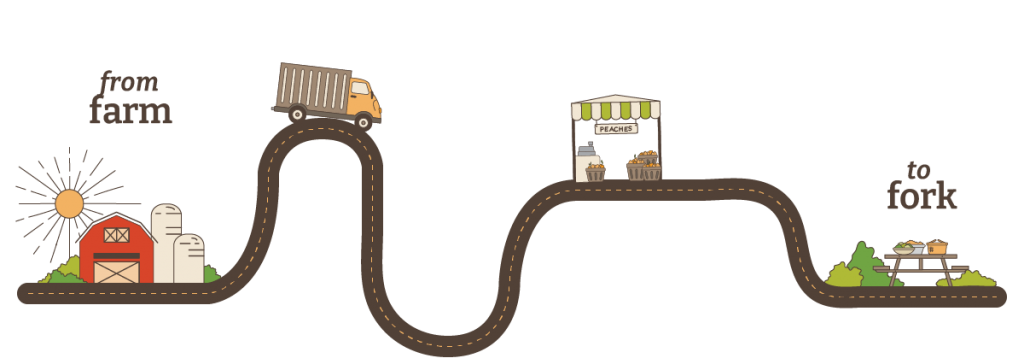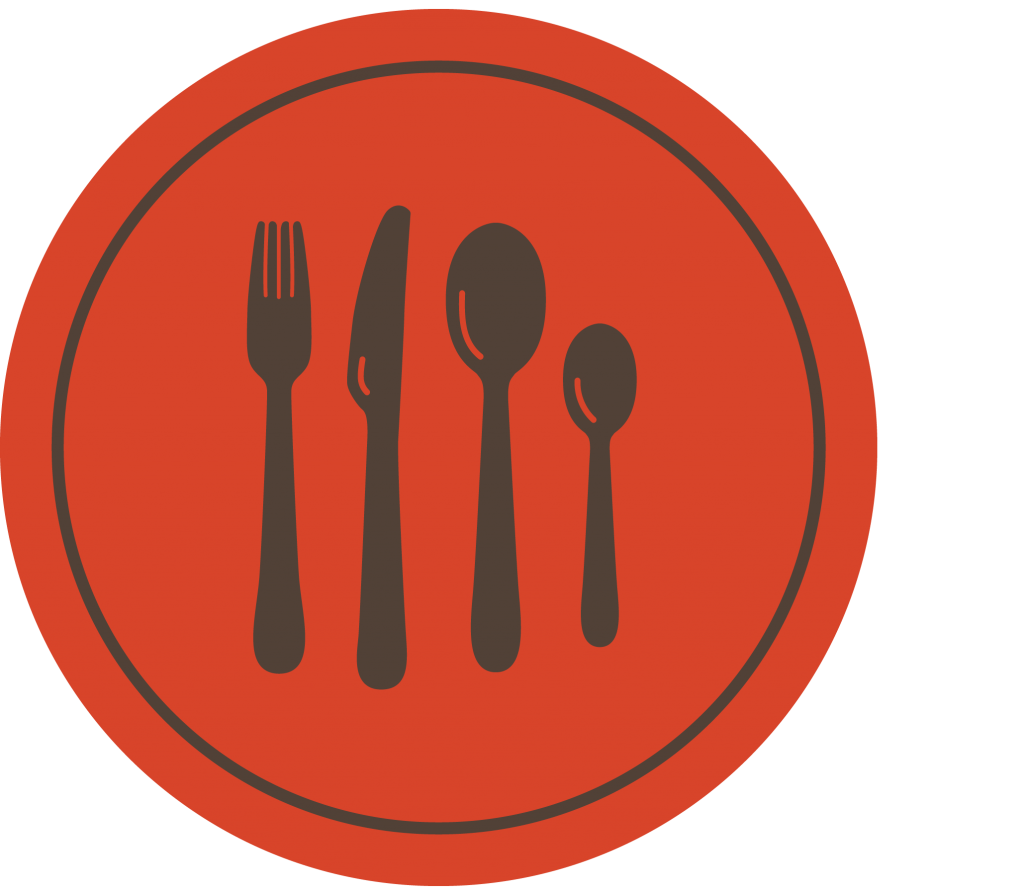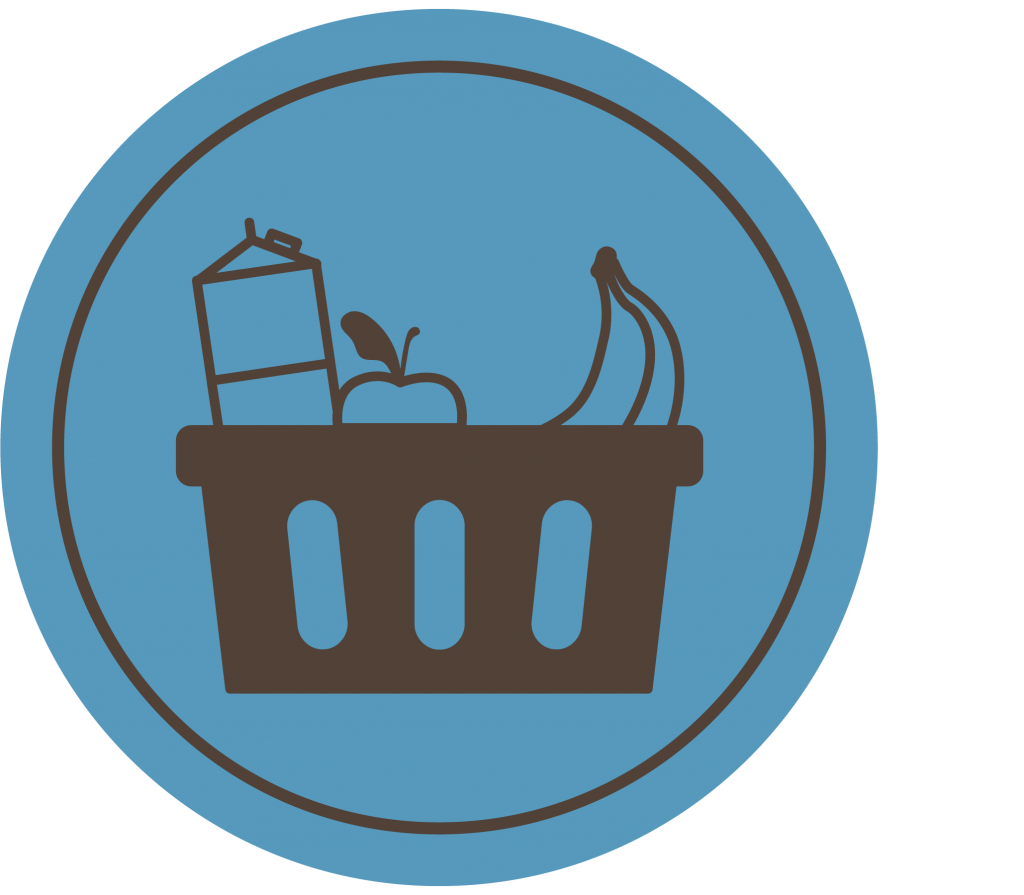Food connects us all. From the places we shop to the meals we share, we all play a role in creating a more just and sustainable food system. Growing, selling, eating, and recovering food locally creates jobs, strengthens the economy, improves public health, and supports our city’s climate goals.
Read on for how the City of Austin is working with partners to strengthen our food system — and ways that you can help!
Recent News
November 18, 2025
September 17, 2025
September 2, 2025
October 10, 2024











.png)
.png)
.png)
.png)
.png)
.png)